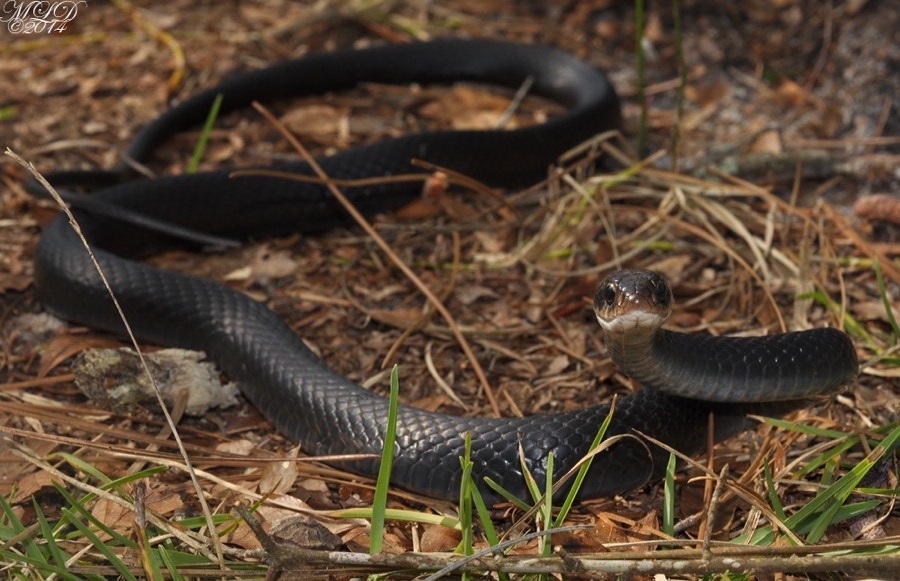Snakes in Florida: Unveiling the Wild Side of the Sunshine State's Slithering Secrets

Florida’s diverse ecosystems are home to a fascinating array of wildlife, and among its most intriguing inhabitants are snakes. From the elusive Eastern Diamondback Rattlesnake to the harmless yet striking Corn Snake, these reptiles play a vital role in the state’s biodiversity. Whether you’re a curious nature enthusiast or a resident looking to coexist safely, understanding Florida’s snakes is essential. Let’s slither into the wild side of the Sunshine State and uncover the secrets of its serpentine residents.
Florida’s Most Common Snakes: A Quick Overview

Florida boasts over 50 snake species, but only a handful are frequently encountered. Here’s a glimpse into some of the most common:
- Eastern Diamondback Rattlesnake: The largest venomous snake in North America, found in dry, sandy areas.
- Florida Cottonmouth (Water Moccasin): A venomous aquatic snake often seen near swamps and rivers.
- Corn Snake: A non-venomous, brightly patterned snake commonly kept as a pet.
- Black Racer: A fast-moving, non-venomous snake known for its sleek black appearance.
📌 Note: Always maintain a safe distance from any snake, especially if you’re unsure of its species.
Venomous vs. Non-Venomous: How to Tell the Difference

Identifying venomous snakes can be a matter of safety. Here are some key distinctions:
| Feature | Venomous Snakes | Non-Venomous Snakes |
|---|---|---|
| Head Shape | Triangular or arrow-shaped | Oval or rounded |
| Pupils | Vertical slits | Round |
| Tail | Rattles (in rattlesnakes) | Tapering without rattles |

📌 Note: While these traits are helpful, it’s best to avoid handling any snake unless trained.
Where to Spot Snakes in Florida

Florida’s snakes thrive in various habitats, from wetlands to forests. Here are prime locations to spot them:
- Everglades National Park: A hotspot for Cottonmouths and Pythons.
- Ocala National Forest: Home to the Eastern Diamondback Rattlesnake.
- Backyard Gardens: Corn Snakes and Black Racers often visit residential areas.
Safety Tips for Encountering Snakes

While most snakes are non-aggressive, it’s wise to take precautions:
- Stay on Trails: Avoid tall grass and brush where snakes may hide.
- Wear Boots: Protect your feet when hiking in snake-prone areas.
- Don’t Provoke: Never attempt to handle or corner a snake.
📌 Note: If bitten, seek medical attention immediately, even if the snake appears non-venomous.
The Role of Snakes in Florida’s Ecosystem

Snakes are vital predators, controlling rodent populations and maintaining ecological balance. For example, the Corn Snake helps reduce pest numbers in agricultural areas.
Invasive Species: The Burmese Python Challenge
Florida’s snake population includes invasive species like the Burmese Python, which threatens native wildlife. Efforts to control their numbers include organized python removal programs.
Wrapping Up: Appreciating Florida’s Slithering Residents
Florida’s snakes are a testament to the state’s rich biodiversity. By understanding and respecting these creatures, we can safely coexist and appreciate their role in the ecosystem. Whether you’re spotting a Corn Snake in your garden or marveling at a Diamondback from a distance, Florida’s serpents offer a unique glimpse into the wild side of the Sunshine State.
Are most snakes in Florida dangerous?
+No, most snakes in Florida are non-venomous. Only six species are venomous, including the Eastern Diamondback Rattlesnake and Cottonmouth.
What should I do if I encounter a snake in my yard?
+Keep a safe distance, avoid disturbing the snake, and contact local wildlife authorities if it poses a threat.
Why are Burmese Pythons a problem in Florida?
+Burmese Pythons are invasive and prey on native species, disrupting the ecosystem. Their growing population is a significant conservation concern.
Florida snakes,snake safety,snake identification,Burmese Python,Eastern Diamondback Rattlesnake,Florida wildlife.
